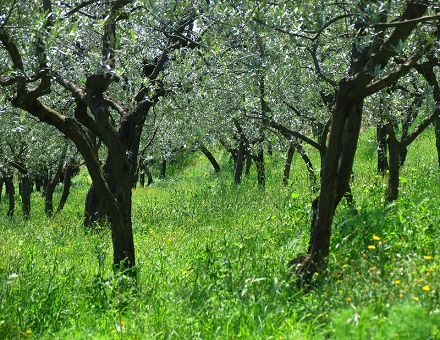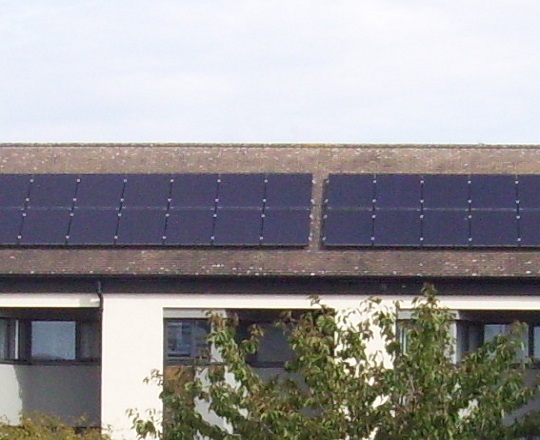Olive trees and cork oak forests

It’s a story that we’ve become familiar with. Large areas of rainforest being felled or torched to be replaced by palm oil plantations. It contributes to climate change, irreplaceable loss of wildlife and fauna and uproots indigenous nations (we call them “tribes”) from their homelands.
In three years the palm oil plantations are turning in a decent profit.
It isn’t possible to make such a quick profit in the drylands that make up 40% of the world’s surface.
In my youth I spent much of my time traveling in Jordan, Syria, Lebanon and (on one occasion) the West Bank. Some of this area is suprisingly fertile, and some is desert. Other large areas are semi arid, and possibly threatened by climate change causing desertification.
Trees can grow there, and may be a big part of the solution. But they don’t grow quickly. The Jordanian farmer planting olive trees knows that they won’t produce a viable income for a decade; and even then harvests will vary dramatically, with a bumper crop only once every six or seven years. He plants for his children and grandchildren, and with some olive trees proved to be 2,000 years old and still producing, he may hope to be planting for future generations to come.
Olive wood is strong and comes in a variety of shades. Pruning to encourage a good crop produces wood that is often used for a variety of products and carvings. It’s used in some kitchen products – but do not put it in the dishwasher. It is mostly used for indoor items, being vulnerable to cold, damp and frosty weather.
It’s a similar story for dates and figs – plant now to start harvesting in a decade! No wonder that the large corporations prefer to exploit the rain forests where trees grow quickly. Palm oil plantations now take up more land worldwide than olives.
The time span also makes olive growers vulnerable. Destroy a farmers olive groves and destroy with it the farmers income and all hope for future generations. Syria used to be the world’s sixth largest producer.
Some trees take even longer to produce an income. Cork is the bark of the cork oak tree and needs a little more rainfall than olives. 25 years after planting the tree is stripped of its bark, a process that is repeated every decade or so, although the first two harvests will be of poor quality. Trees can live for 200 – 300 years. So cork is truly sustainable.
Portugal is the largest producer, followed by Spain. Although Portugal has strict controls to conserve the tree, the Rainforest Alliance believes that cork oak forests are under threat and that the market for cork products is in decline.
Yet both the forests and the product are amazing. The forests attract a range of flora and sanctuary for many species of birds and animals that have come close to extinction including the Iberian lynx, Barbary deer and Iberian Imperial Eagle.
15% of cork (by weight, but two thirds by value) is used to make wine corks. But it is also fire resistant making it a good insulator, and can be used for wall and floor covering and in a wide range of other products. It is inside cricket balls, badminton and baseballs and is also used to make shoes.
Photo: Olive trees
Links:-
Olive wood products from Amazon…
Cork tiles from Amazon…
Cork products from The Gift Experience
